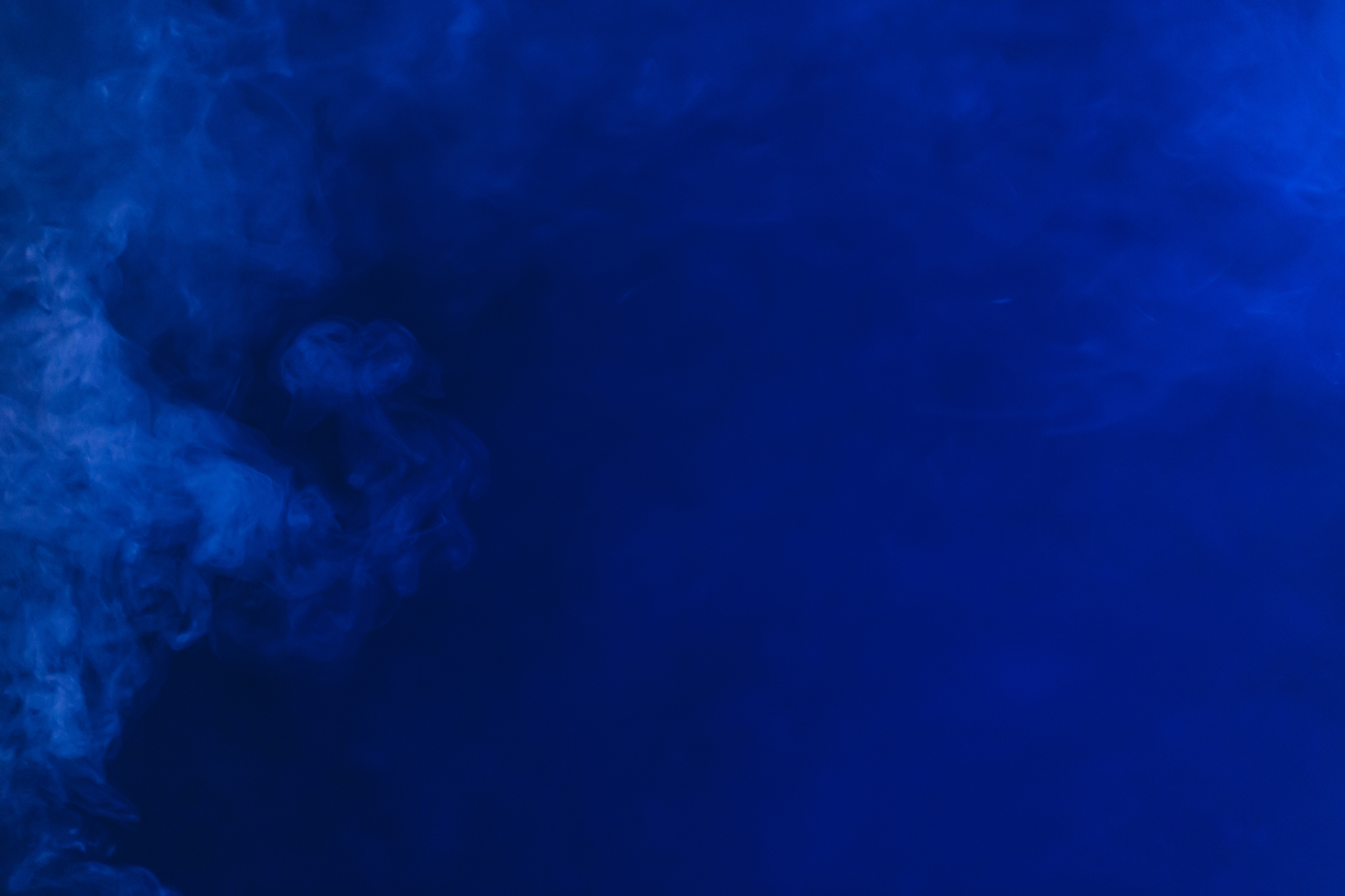

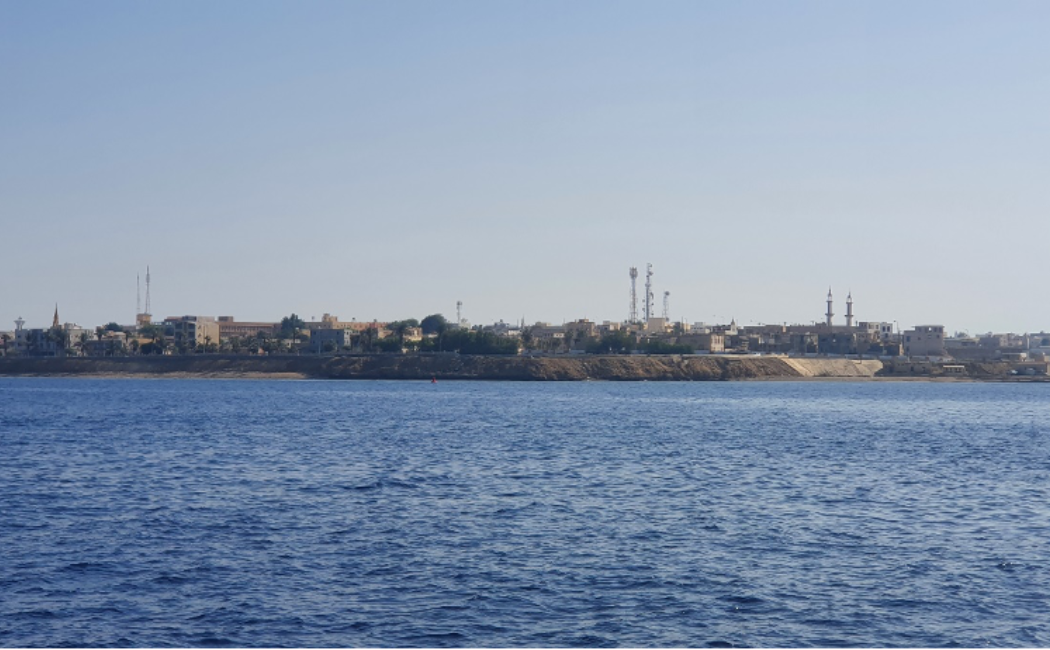
After completing the work at the Red Sea Project Lagoon, the Aegaeo set out on a course towards Al Wajh, situated roughly 50 km north of the Lagoon. With its mushroom-shaped harbor, Al Wajh was chosen as an example of an area subject to ‘modest’ environmental pressures. The city does not host any industrial facility of significance, and its port is not suitable for dockage of large-tonnage vessels. Fishing is one of the principal industries of Al Wajh, and its port is home to a collection of relatively small fishing vessels.
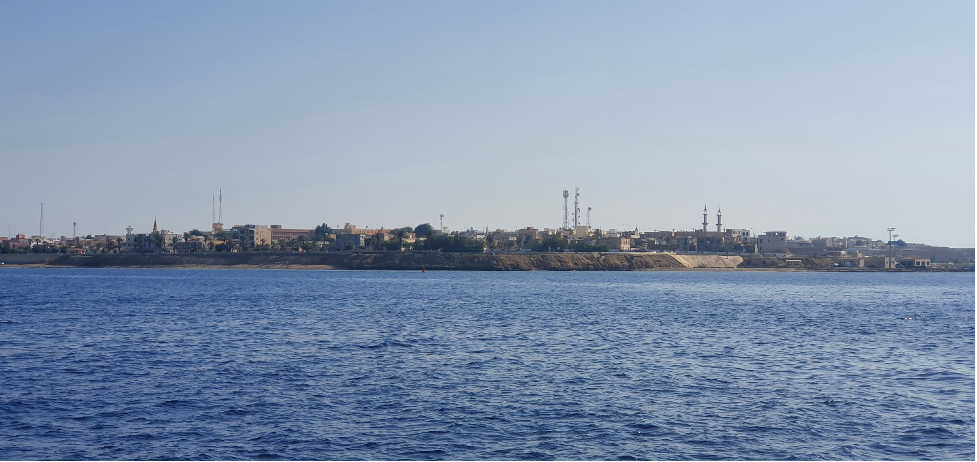 Al Wajh as seen from the back deck of the Aegaeo.
Al Wajh as seen from the back deck of the Aegaeo.

Sampling Locations at Al Wajh
Sediment and water sampling at the Al Wajh began at first light on the 28th. The sampling at all stations, except AW1, was accomplished from the deck of the Aegaeo. The shallowness of Al Wajh’s harbor required the the Aegaeo’s zodiac be launched for acquiring sediment and water samples at AW1.
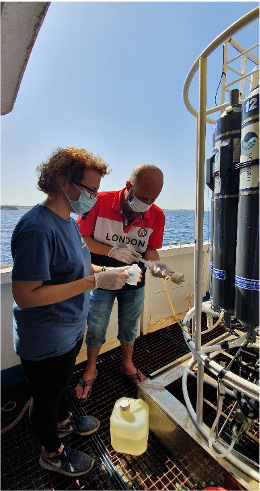
Rayan Mutwalli (NCEC) and Gioula Zachioti (HCMR) working on water extraction and filtration at the rosette system of the Aegaeo.
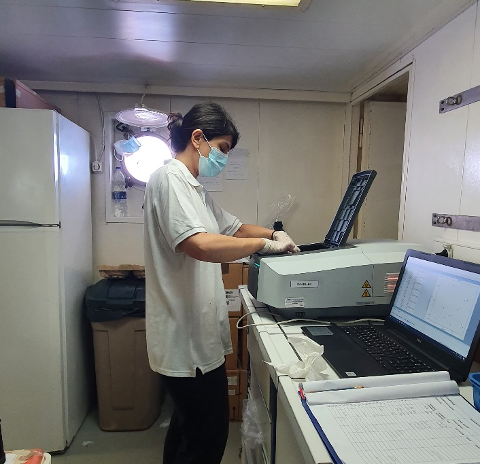
Eleni Rousselaki (HCMR) measuring sulfides in the Aegaeo’s laboratory.
The water samples secured from the Al Wajh area were subject to onboard chemical analysis by NCEC and HCMR scientists. With this work underway, the Aegaeo set out on a northward course toward the NEOM Desalination Plant, at the northern outskirts of Duba, for further water and sediment sampling, which was done in the dark of night.

Rayan Mutwalli (NCEC) and Kostas Parinos (HCMR) taking samples for hydrocarbon analysis close to the NEOM Desalination Plant.
Leave a Reply
Your email address will not be published. Required fields are marked *